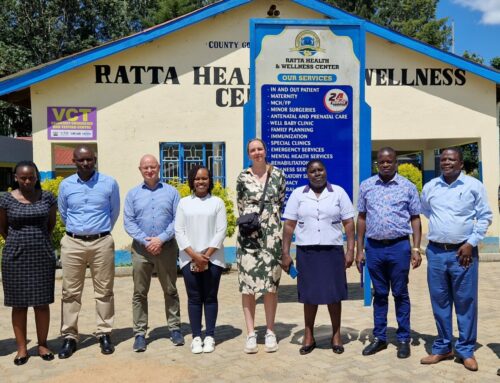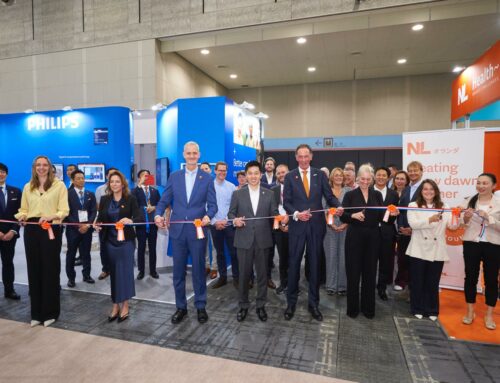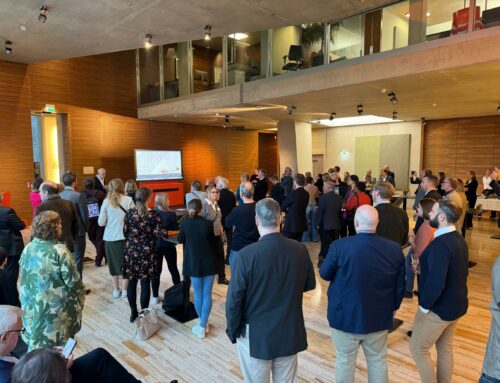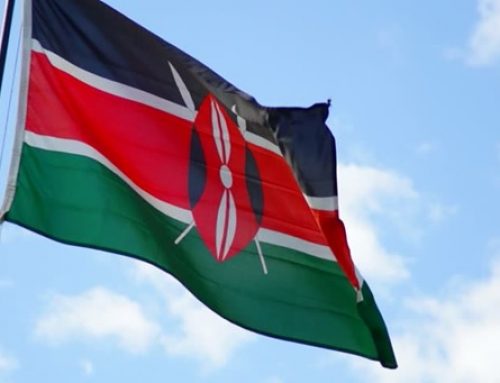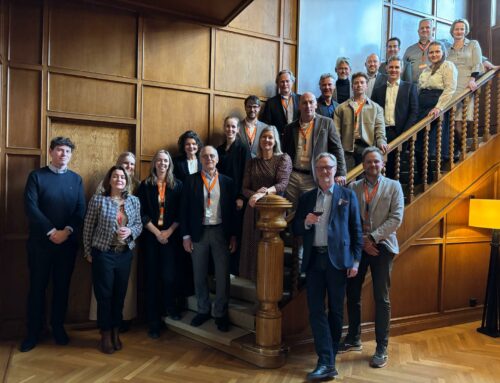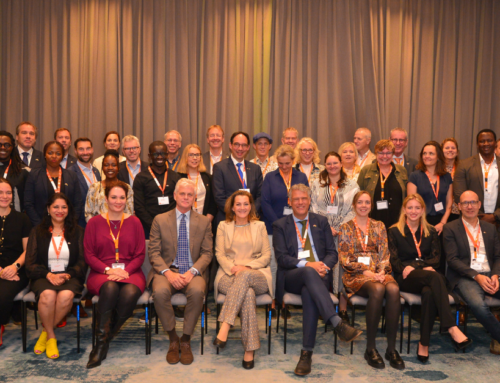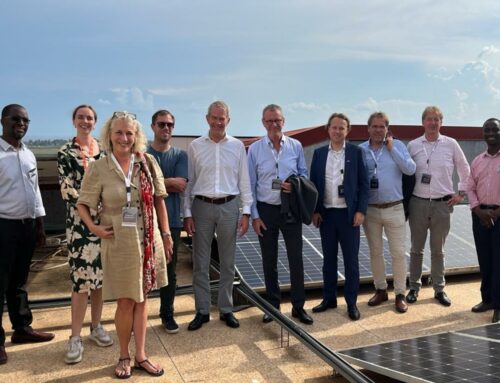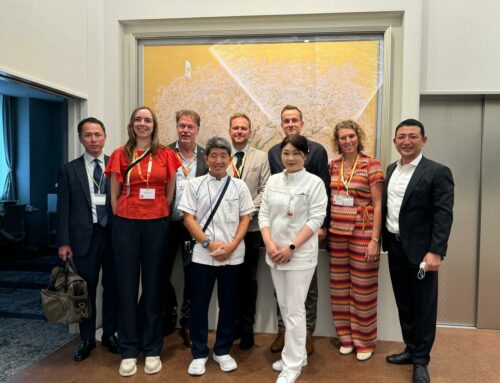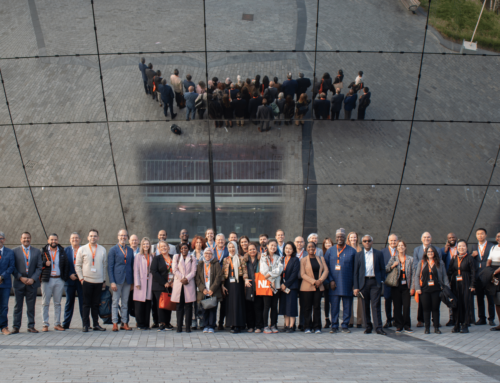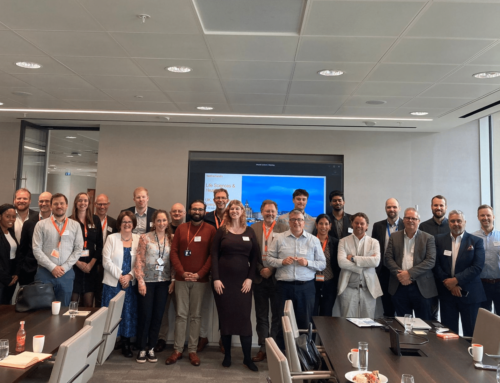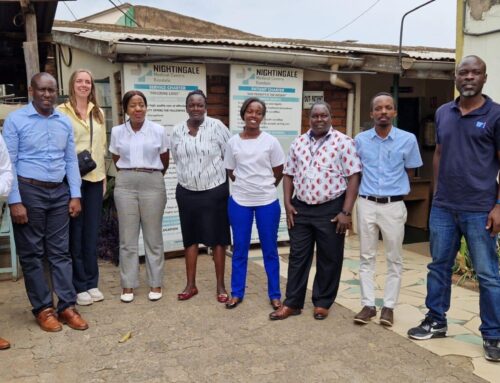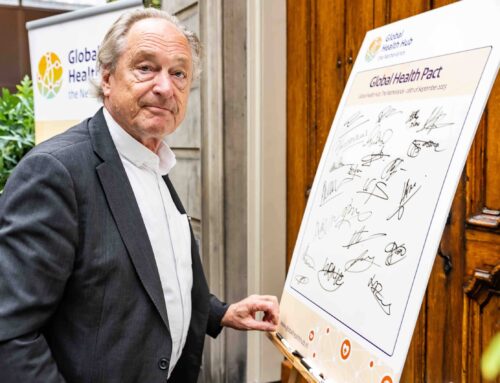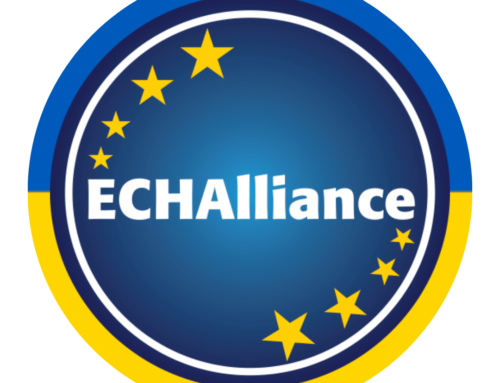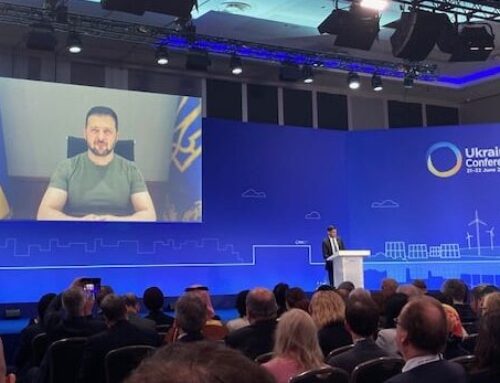Brazilië: AIDS-SUS (National AIDS program – National health service)
Source: EVD
Tender Information:
| Fase | Submitted for Approval |
| Processing Stage | Active |
| Closing Date | 31.12.2014 |
| Financing Institution | World Bank |
| Total Project Cost | USD 200 Million |
| Contact | Joana Godinho |
| Agency | Ministry of Health – AIDS Program |
Tender Summary:
PAD: 16 APRIL 2010
C. Higher level objectives to which the project contributes
20. The Government and the Bank have established a strong partnership for prevention and control of HIV/AIDS and STDs in Brazil. Previous successful projects have contributed to the establishment of key components of the program. This project will contribute to (i) decreasing the risk of HIV and STDs in a context of diverse epidemics throughout the country; (ii) strengthening the health system; and (iii) improving the effectiveness and efficiency of the public sector in Brazil. The proposed project will also contribute to advance Brazil’s progress on the Millennium Development Goals (MDGs). Similarly to other federal and subnational projects in Brazil, this project will also contribute to the ongoing shift towards country systems.II. PROJECT DESCRIPTION (Annex 4)
A. Lending instrument
21. The project will co-finance the Brazil STD and AIDS Program with a Specific Investment Loan (SIL) of US $67 million to be disbursed in four years (2011-2014). The project will follow a Sector Wide Approach (SWAp), with the loan co-financing a percentage of Government Eligible Expenditure Programs (EEP), results-based grants and training and technical assistance. Disbursements will be triggered by the execution of the agreed programs and achievement of specific results targets. The project will use Government systems and procedures, both to foster ownership and to strengthen MOH, state and municipal institutional capacity.B. Project development objectives and key indicators
22. The proposed project development objectives (PDOs) are the following:
(i) Increase access and utilization of HIV/AIDS and STD prevention, care and treatment services by Groups Most at Risk; and
(ii) Improve the performance of the National HIV/AIDS and STD Program through decentralized implementation, improved governance and results-based management.
23. The project will track 1 Global Indicator and 11 Project Development Indicators (PDIs) to measure progress towards achievement of the PDOs and to trigger disbursements – Disbursement-Linked Indicators or DLIs. Another 9 indicators will also be linked to disbursements. The remaining indicators (17), while not linked to disbursements, will measure implementation progress and contribute to substantive dialogue between the Government and Bank during project implementation. All indicators and respective protocols are included in the Project Operational Manual and in Annex 3. Progress toward meeting all indicators will be tracked and reported systematically under the project.
C. Project components
24. The Project consists of the following Components:
Component 1. Improving surveillance, prevention and control of HIV/AIDS and STD
(a) Support the implementation of the Eligible Expenditure Programs, including activities to: (i) improve surveillance, prevention, diagnosis, and treatment of STD and HIV/AIDS for Groups Most at Risk; and (ii) carrying out strategic planning, monitoring and evaluation, and results-based management;
(b) Support the carrying out of Result-based Grants.
Component 2. Building decentralized governance and innovation capacity
(a) The expansion of the prevention and care services for Groups Most at Risk and the strengthening of the institutional capabilities of DST/AIDS to further develop its governance and innovation capacity in dealing with HIV/AIDS and STD, through the provision of technical assistance and training which shall aim at carrying out, inter alia, the following activities: (i) the mapping, by region, of epidemic and prevention interventions with Groups Most at Risk; (ii) the production and testing of epidemiological data (triangulation); (iii) the development of monitoring and evaluation and results-based activities, including, the carrying out of at least three impact evaluations; (iv) the carrying out of training programs for staff of the Borrower (DST/AIDS), States, Eligible Municipalities and Eligible CSOs, to strengthen their technical and institutional capacity in, inter alia: strategic planning, results-based management and monitoring and evaluation, and fiduciary management; (v) the improvement of the conten s and implementation of the Incentive Policy; (vi) the elaboration and implementation of a plan to assist DST/AIDS in the communication, to the public-at-large, of a variety of areas supported by the Project, inter alia : (A) the expansion of social participation, transparency and accountability in the formulation of policies regarding HIV/AIDS and STD; and (B) the development of mechanisms for the proper disposal of non-biodegradable condoms; and (vii) the provision of consultants services to carry out technical audits under the Project.
(b) The carrying out of a series of activities, through the provision of technical assistance and training, aimed at strengthening the capabilities of the Borrower (through DST/AIDS), the States, the Eligible Municipalities, the DSEI, and the Borrower’s entity responsible of Indigenous Peoples health, to adequately respond to the health needs of the Indigenous Peoples and control the expansion of HIV/AIDS and STD among said peoples (as set forth in the Indigenous Peoples Planning Framework and the Indigenous Peoples Plan, if applicable), including, inter alia, the following: (i) the provision of technical assistance to State and Eligible Municipality Health Secretariats to support DSEI in improving HIV/AIDS and other STD prevention, diagnosis and treatment activities in respect of indigenous populations; (ii) the carrying out of monitoring of the implementation of the DSEI plans on HIV/AIDS and other STD, including the creation of specific monitoring indicators; and (iii) the carrying out of a review and d ssemination of the findings of the 2009 evaluation of DST/AIDS activities and repeating such evaluation in the second year of Project implementation.
(c) Provision of support for Project coordination, through the provision of technical assistance, financing of incremental operating costs, and provision of the necessary goods and equipment required for such coordination.
For more information, please see:
The original World Bank announcement
Announcement on the EVD site


